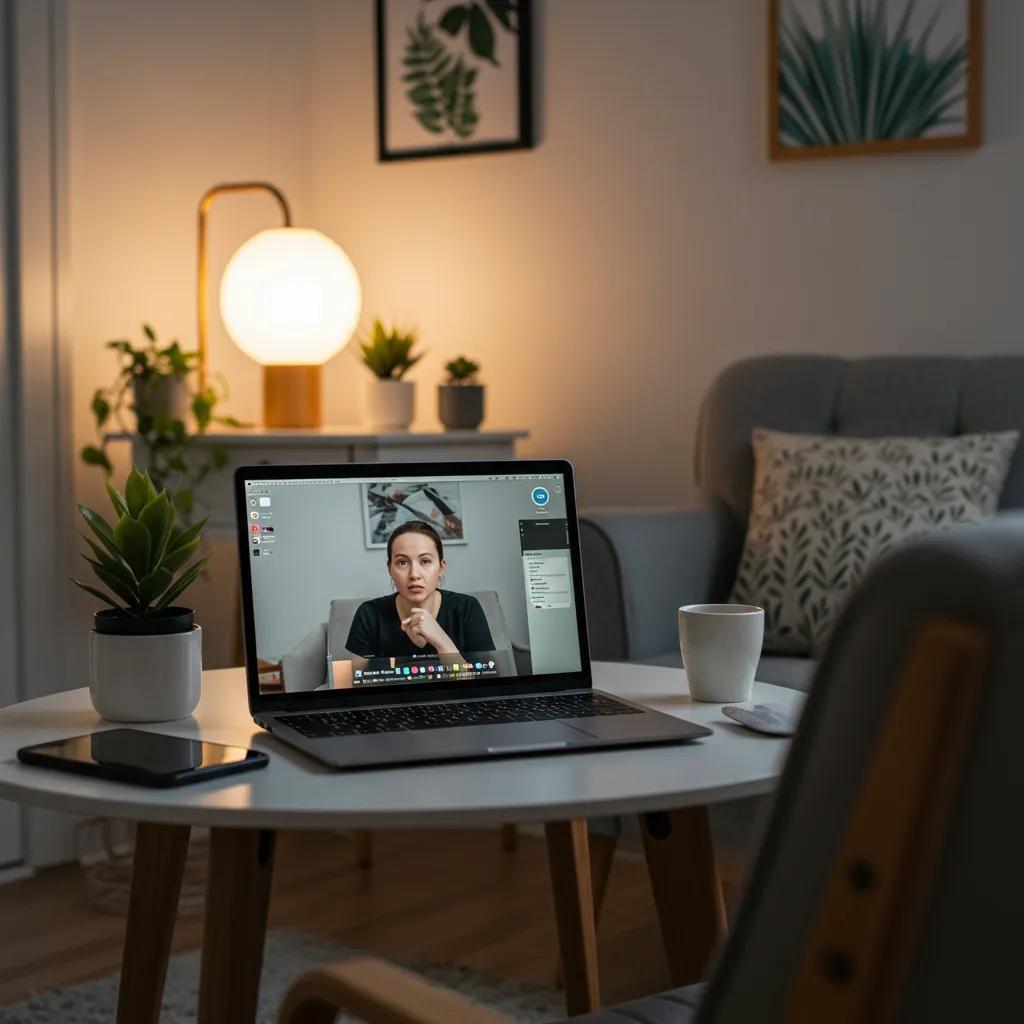

Medical Director, Compassion Recovery Center

Licensed Psychologist (LP), Compassion Recovery Center
The opioid crisis has cast a long shadow across communities nationwide, and California is no exception. This complex public health challenge impacts individuals from all walks of life, tearing apart families and putting immense strain on healthcare systems. The sheer scale of opioid addiction and overdose deaths is a stark reminder of the urgent need for effective, accessible, and compassionate treatment options. It’s a crisis that demands our attention, understanding, and collective action.
For those grappling with opioid use disorder or watching a loved one struggle, the path forward can feel overwhelming. The journey to recovery is often fraught with obstacles, from the physical and psychological grip of addiction to the societal stigma that unfortunately still surrounds substance use disorders. Finding the right help, at the right time, in a way that fits into one’s life, is absolutely critical.
Addressing this crisis isn’t just about statistics; it’s about recognizing the inherent worth and potential for recovery in every individual affected. It’s about providing support that is not only clinically effective but also delivered with empathy and respect. As we seek innovative ways to combat this epidemic, one powerful tool has emerged: telehealth. Telehealth, or virtual care, is revolutionizing how addiction treatment is accessed and delivered, offering a flexible and potentially life-saving alternative for many Californians.
At Compassion Recovery Center, we understand the devastating impact of the opioid epidemic firsthand. We also believe deeply in the power of recovery, and we are committed to providing high-quality, accessible care through our specialized remote programs, particularly serving residents in areas like Orange County and throughout California. We know that getting help should not be an insurmountable challenge. That’s why we’ve embraced telehealth as a core component of our treatment philosophy, bringing effective, evidence-based care directly to you, wherever you are in California.
This post will delve into the current state of the opioid epidemic in California, explore the challenges that prevent people from getting help, and highlight how telehealth is playing a pivotal role in overcoming these barriers. We’ll discuss the specific ways virtual care can make a difference and introduce you to the remote treatment options available at Compassion Recovery Center. Recovery is possible, and with the right support, like that offered through our Virtual IOP Program, you can find your path to healing.
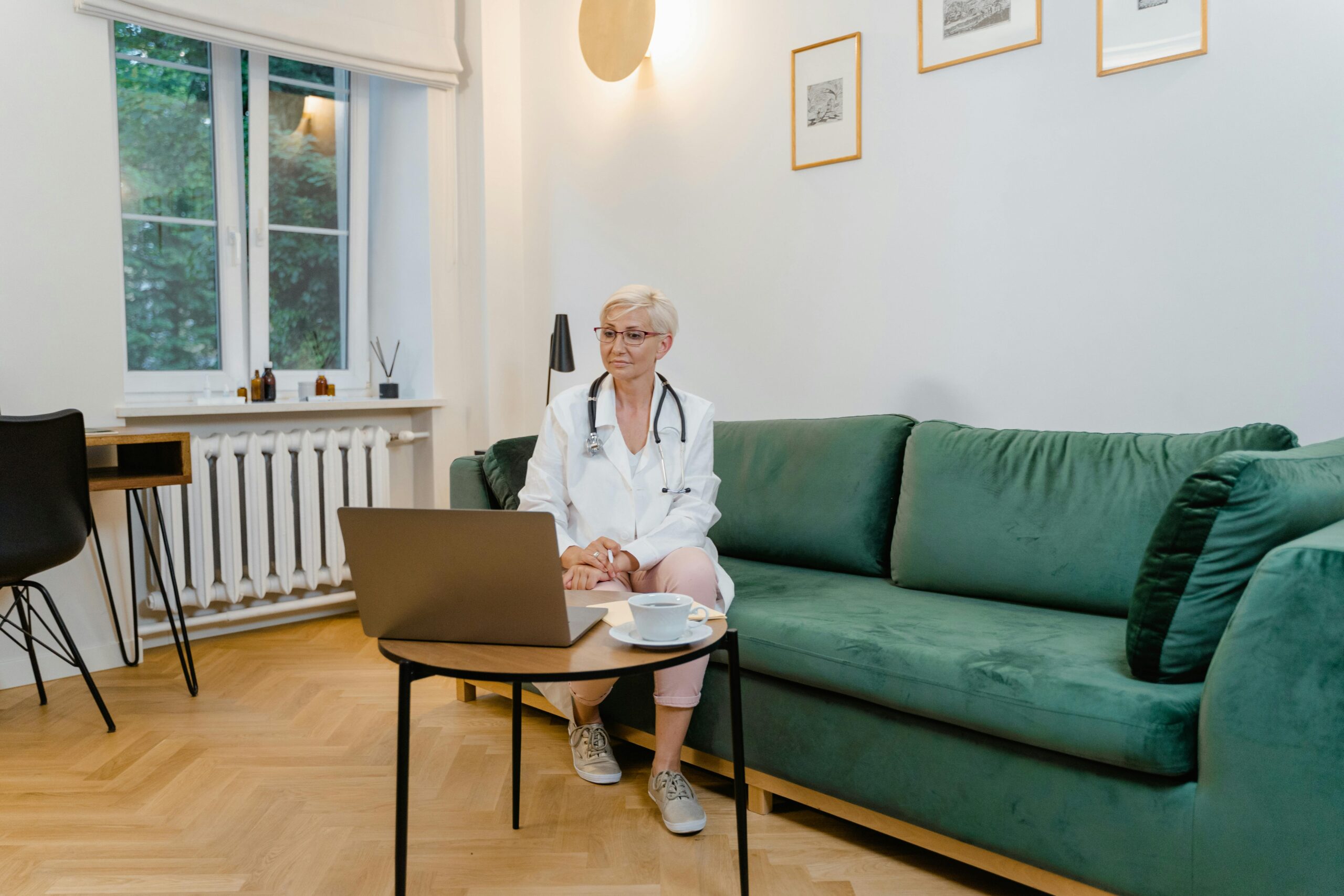
To truly understand the impact of the opioid crisis, we must look at the numbers and the human stories behind them. California, with its vast population and diverse geography, faces unique challenges in tracking and responding to the epidemic. While efforts have been made to curb prescription opioid misuse, the landscape of the crisis has shifted dramatically in recent years, largely due to the proliferation of powerful synthetic opioids, most notably fentanyl.
Latest statistics paint a concerning picture. Data from the California Department of Public Health and other sources consistently show a significant rise in opioid-related overdose deaths. Tragically, many of these deaths involve fentanyl, which is exponentially more potent than heroin or morphine. Fentanyl is often mixed into other illicit drugs, sometimes without the user’s knowledge, dramatically increasing the risk of accidental overdose.
The demographic analysis of affected populations reveals that the crisis spares no group. While initial waves of the opioid epidemic in some areas might have primarily impacted specific age ranges or socioeconomic groups, the current crisis driven by synthetic opioids is widespread. Overdoses are occurring across all age groups, including young adults and even adolescents. Different communities, from large urban centers to rural areas and suburban regions like parts of Orange County, are all grappling with increased emergency room visits, hospitalizations, and fatalities linked to opioids.
The impact of fentanyl cannot be overstated. Its potency means that a tiny amount can be lethal. This makes the illicit drug supply incredibly dangerous. Users who believe they are taking a different substance, or even a less potent opioid, can unknowingly consume a fatal dose of fentanyl. This underscores the critical need for harm reduction strategies, like widespread availability of naloxone (Narcan), a life-saving medication that can reverse an opioid overdose, and access to immediate treatment for substance use disorder.
Beyond the devastating loss of life, the opioid epidemic has profound consequences for individuals and communities. It leads to increased crime rates, strain on social services, and immense emotional pain for families. Children lose parents, parents lose children, and communities lose valuable members. The economic cost is also significant, encompassing healthcare expenses, lost productivity, and criminal justice costs.
Understanding the scope and evolving nature of the crisis in California is the first step toward effective intervention. It highlights the urgent need for accessible, evidence-based treatment options that can meet people where they are, regardless of their location, circumstances, or the specific substances they are using. This is where innovative solutions like telehealth come into play, offering a vital lifeline in this challenging environment. If you or someone you know is struggling with opioid use or other substance abuse, please know that help is available. Exploring Drug Rehab Programs or Alcohol Rehab Programs tailored to your needs is a critical first step towards recovery. You can always reach out today to learn more about your options.
Despite the clear and present danger of the opioid epidemic, getting help remains incredibly challenging for many individuals. There are numerous barriers that prevent people from accessing the treatment they desperately need, even when they are ready to make a change. Understanding these obstacles is essential for developing effective strategies to overcome them.
One significant barrier is the sheer difficulty in accessing traditional, in-person treatment programs. This can manifest in several ways:
Another powerful and insidious challenge is the deeply ingrained stigma associated with addiction. Substance use disorders are often wrongly viewed as moral failings rather than chronic medical conditions. This judgment and misunderstanding can make individuals feel ashamed, isolated, and reluctant to seek help for fear of being judged, losing their job, or being ostracized by friends and family. The fear of what others might think can be a significant deterrent to reaching out.
Geographic and socioeconomic factors further exacerbate these challenges. Poverty, lack of reliable transportation, limited access to technology or internet in certain areas, and language barriers can all make it harder for individuals to navigate the healthcare system and find appropriate care. Furthermore, individuals experiencing homelessness or unstable housing face unique difficulties in accessing and maintaining engagement in treatment.
The complex nature of addiction itself also presents challenges. Opioid dependence includes powerful physical withdrawal symptoms and intense cravings, which can make it incredibly difficult to stop using without medical support. Many individuals also struggle with co-occurring mental health conditions, such as depression, anxiety, or trauma, which require integrated Dual Diagnosis Treatment. Finding programs equipped to handle both substance use and mental health challenges effectively can be another hurdle.
These barriers create a situation where even as the opioid crisis rages, effective treatment remains out of reach for too many Californians. Overcoming these challenges requires innovative approaches that prioritize accessibility, flexibility, and stigma reduction. It requires meeting people where they are and offering support that integrates seamlessly into their lives, acknowledging the realities of their circumstances. This is precisely the gap that telehealth is helping to fill, offering a lifeline to those who might otherwise fall through the cracks. If these challenges resonate with you or a loved one, know that there are solutions. Exploring remote options can provide a way forward when traditional paths seem blocked. Check insurance coverage for virtual programs to see if this flexible option is accessible for you.
Use our quick & easy insurance verification to find out if you’re covered for our centers. We accept all major insurance.



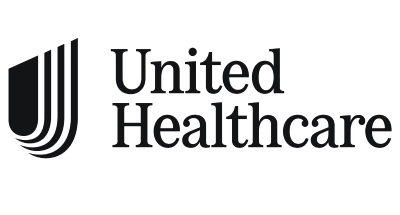
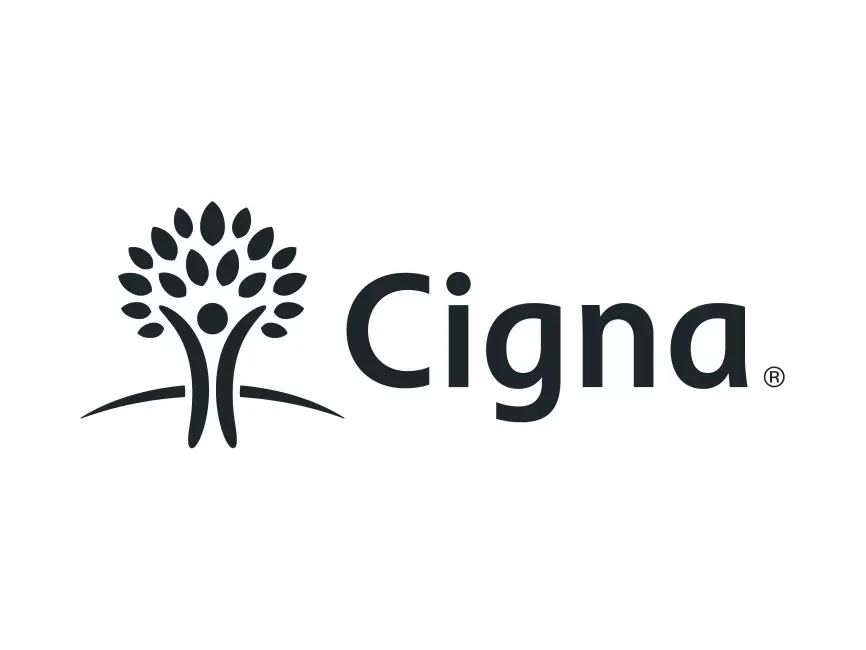
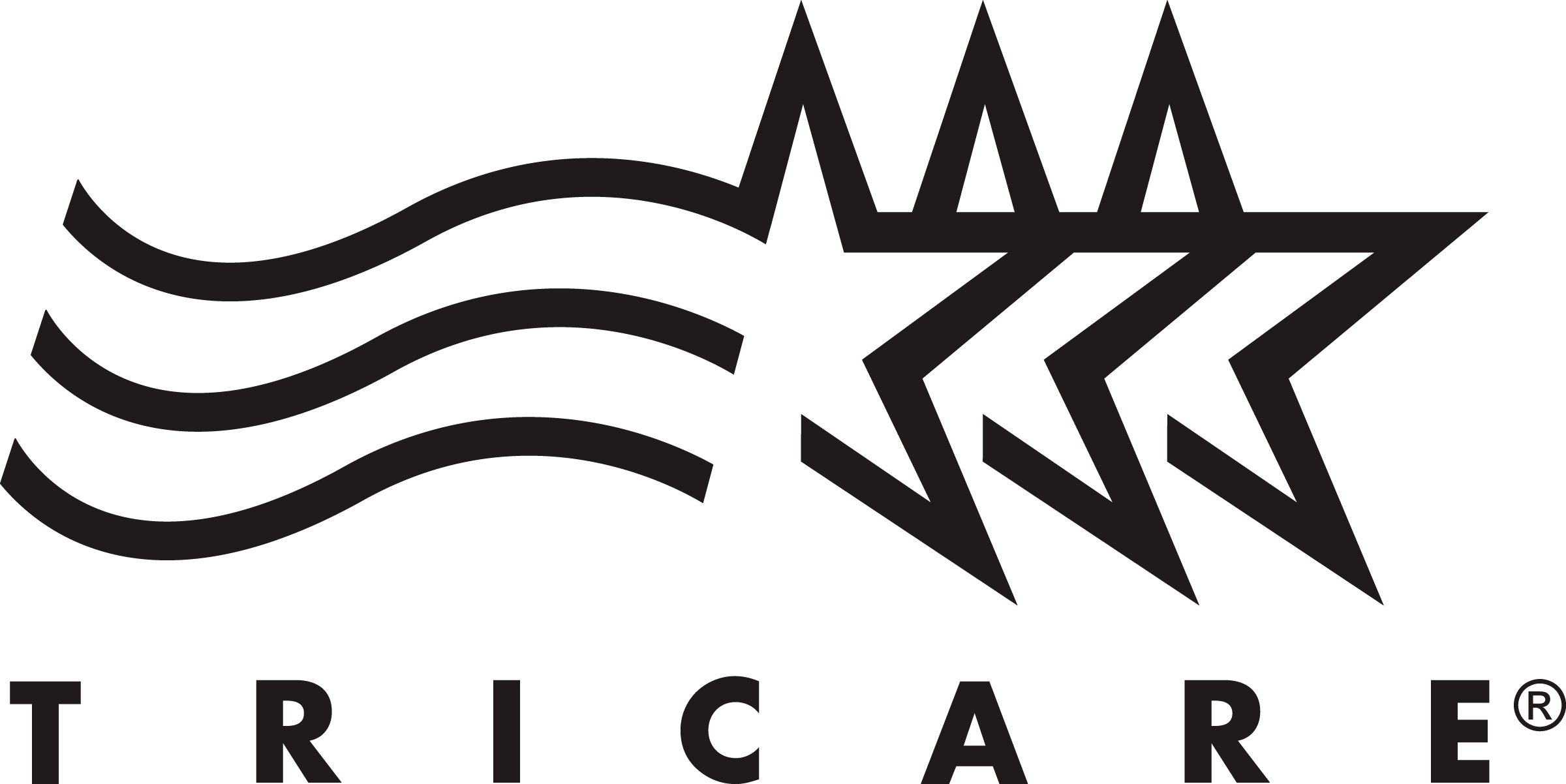
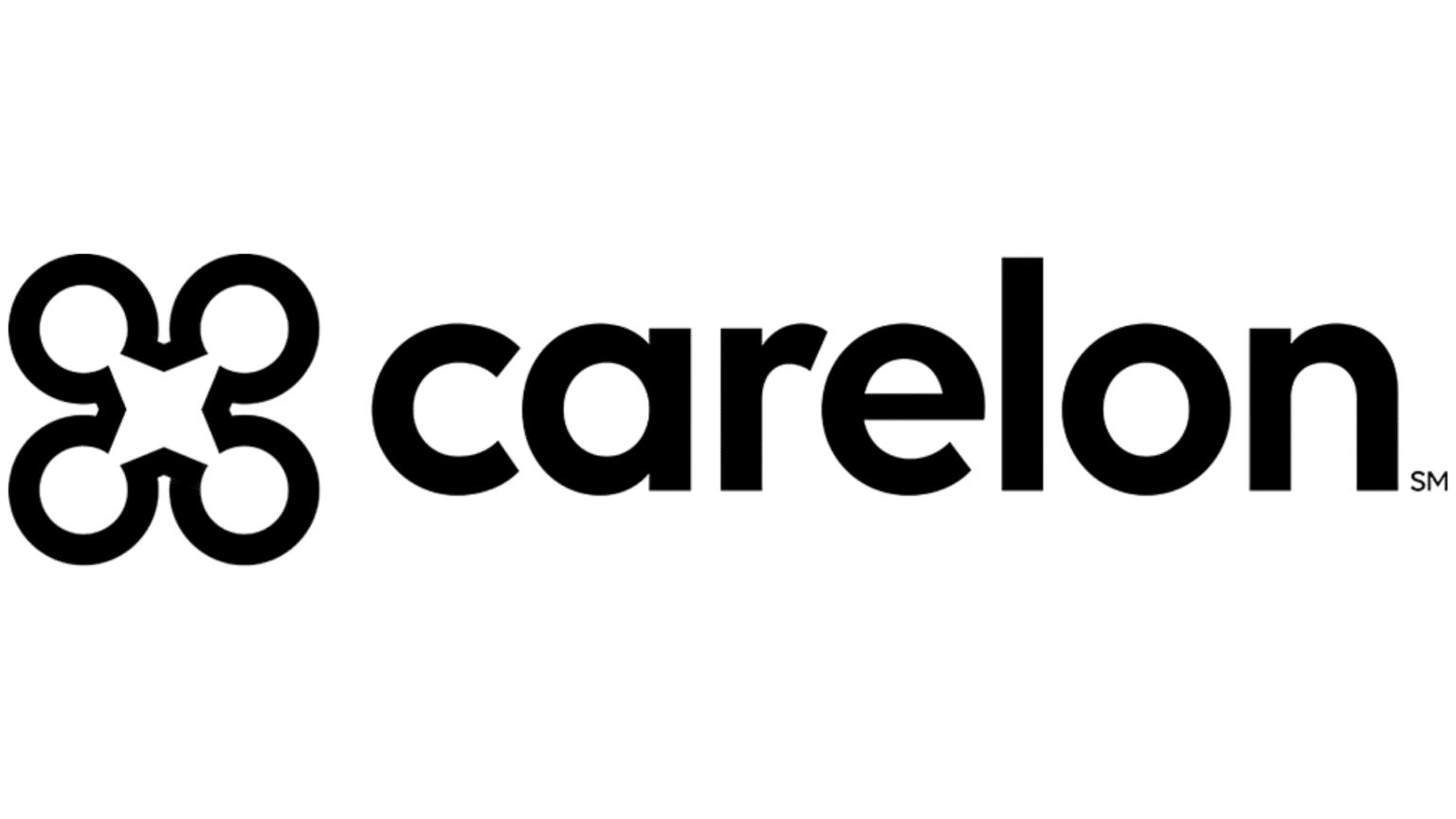


In the face of the significant barriers to traditional care, telehealth has emerged as a transformative force in addiction treatment, particularly in the context of the opioid crisis. Telehealth, in simple terms, involves using technology – like video conferencing, phone calls, and secure messaging – to provide healthcare services remotely. It allows patients to connect with doctors, therapists, counselors, and support groups without needing to be in the same physical location.
The benefits of telehealth in the realm of addiction treatment are numerous and directly address many of the challenges discussed previously:
Examples of telehealth applications in addiction treatment are wide-ranging and effective:
By leveraging technology, telehealth dismantles many of the traditional barriers to care, bringing comprehensive addiction treatment within reach for more Californians affected by the opioid crisis. It’s not a replacement for all forms of in-person care in every situation, but it is a powerful and effective complement and, for many, the most viable pathway to recovery. If you’re in Orange County or elsewhere in California and facing challenges accessing traditional treatment, consider exploring Telehealth addiction treatment options. Compassion Recovery Center specializes in providing exactly this kind of flexible, remote support. Contact Us to learn how we can help you overcome these hurdles.
At Compassion Recovery Center, we have fully embraced the potential of telehealth to deliver high-quality, accessible, and effective addiction treatment. Recognizing the unique needs of individuals struggling with substance use disorders, particularly in the context of the opioid epidemic in California, we have built our programs around the flexibility and reach that virtual care provides. Our services are designed to meet you where you are, offering support and guidance without requiring you to put your life completely on hold.
Our primary offering via telehealth is our specialized Virtual IOP Program. IOP, or Intensive Outpatient Program, is a level of care that provides structured therapy and support multiple days a week, typically for several hours each day. Traditionally, this requires commuting to a physical facility. Our virtual IOP removes this barrier entirely. Participants engage in group and individual therapy sessions, educational lectures, and support groups through secure video conferencing. This allows individuals to receive intensive support while still living at home, attending to work or school, and being present for their families. Our Intensive Outpatient Program (IOP) delivered remotely is designed to provide the same clinical rigor and therapeutic depth as an in-person program, but with unparalleled convenience.
Within our Remote IOP structure, we utilize evidence-based therapeutic approaches known for their effectiveness in treating substance use disorders. One cornerstone is Cognitive Behavioral Therapy (CBT). Cognitive Behavioral Therapy (CBT) via telehealth helps individuals identify and change negative thought patterns and behaviors that contribute to substance use. Through video sessions, our experienced therapists guide clients in developing coping skills, managing triggers, and building healthier ways of thinking and reacting. This therapy translates exceptionally well to the virtual environment, allowing for personal connection and skill-building.
Medication-Assisted Treatment (MAT) is a vital component in treating opioid use disorder, combining behavioral therapies with medications like buprenorphine or naltrexone. At Compassion Recovery Center, we facilitate access to MAT treatment online. This means coordinating virtual appointments with qualified medical professionals who can assess your needs, prescribe appropriate medication if necessary, and monitor your progress. This integration of medical and therapeutic care is crucial for managing withdrawal symptoms, reducing cravings, and supporting long-term recovery from opioid dependence. Our comprehensive approach ensures that clients receive the full spectrum of care required for opioid addiction, all accessible remotely.
We also recognize that addiction impacts the entire family system. Healing often involves repairing relationships and building a strong support network at home. That’s why we offer virtual couples counseling for addiction recovery and family therapy sessions as part of our comprehensive virtual services. These sessions, conducted securely online, allow partners and family members to participate in the recovery process, improve communication, rebuild trust, and learn how to support their loved one’s journey while also caring for their own well-being. This family-focused approach is incredibly beneficial and made significantly more accessible through telehealth.
In addition to our core virtual IOP in California, we also provide virtual support for Dual Diagnosis Treatment, addressing co-occurring mental health conditions alongside substance use. Our therapists are trained to work with individuals managing conditions like anxiety, depression, trauma, and other mental health challenges remotely, ensuring integrated and holistic care. Whether you need Mental Health Treatment integrated with your recovery or specific support for opioid use disorder, our virtual programs are equipped to help.
While our focus for remote care is primarily at the IOP level, we can also discuss how virtual services can potentially fit into a continuum of care that might include services like Partial Hospitalization Program (PHP) or even support following Outpatient Detox, depending on individual needs and clinical appropriateness. Our remote drug rehab services are designed to be flexible and client-centered.
For residents in Orange County seeking accessible, private, and effective treatment for opioid addiction or other substance use issues, our Remote drug rehab Orange County programs offer a viable and powerful solution. We are here to provide the compassionate support and evidence-based therapies needed to navigate recovery successfully. Taking the first step is often the hardest, but our virtual platform makes it easier to connect and get help now. To explore how our services can meet your needs, you can verify your insurance online or learn more about our virtual IOP.
While telehealth might feel like a relatively new approach to some, its effectiveness in treating substance use disorders, including opioid addiction, is supported by a growing body of research and countless personal success stories. The data indicates that for many individuals, virtual treatment can achieve outcomes comparable to, or even exceeding, traditional in-person care.
Statistical evidence from various studies has shown promising results. Research on telehealth for addiction treatment highlights several key findings:
Beyond the statistics are the personal stories of individuals whose lives have been transformed by accessible virtual care. Consider the parent who couldn’t leave their children for weeks to attend residential treatment but could participate in a virtual IOP from home. Think of the professional who needed discreet help to avoid jeopardizing their career but could attend therapy sessions during their lunch break via video conference. Imagine the individual in a rural part of California who previously had to drive hours for appointments but can now connect with their counselor from their own living room. These are not hypothetical situations; they are the realities of how telehealth is making recovery possible for people facing real-world constraints.
At Compassion Recovery Center, while we respect the privacy of our clients and don’t share specific identifying stories, we witness the positive impact of our virtual programs every day. We see clients who, thanks to the flexibility of our Virtual IOP Program, are able to build a strong foundation for recovery without sacrificing their jobs, their education, or their connection to their families. We see individuals who are finally able to access the MAT treatment online they needed, combined with robust therapeutic support, leading to stabilization and a path towards long-term wellness.
Comparing outcomes with traditional in-person treatment, telehealth stands up remarkably well, especially when considering the individuals for whom traditional care is simply not an option due to geographic, financial, or logistical barriers. For these individuals, telehealth isn’t just an alternative; it’s the only viable pathway to receiving structured, evidence-based treatment. The success of remote drug rehab California is a testament to the power of adapting care delivery to meet the diverse needs of the population affected by the opioid epidemic.
If you’re wondering if virtual treatment is right for you or your loved one, the evidence suggests it is a highly effective option for many. It allows you to receive the critical support needed for recovery while maintaining important aspects of your life. Don’t let perceived limitations prevent you from seeking help. Explore treatment options available through telehealth today.
While the benefits of telehealth in addiction treatment are significant, it’s also important to acknowledge that like any healthcare delivery method, it comes with its own set of potential challenges. However, these challenges are often addressable with careful planning, appropriate technology, and dedicated support, ensuring that virtual care remains accessible and effective for as many people as possible.
One primary concern is often privacy and security. When engaging in sensitive discussions about addiction and mental health, clients need to feel confident that their information and sessions are protected. Compassion Recovery Center addresses this by using secure, HIPAA-compliant telehealth platforms designed specifically for healthcare. These platforms employ robust encryption and security measures to ensure that your virtual sessions are confidential and your personal health information is protected. We also provide guidance to clients on how to ensure privacy from their own location, such as finding a quiet, private space for sessions.
Another potential challenge is ensuring equitable access to technology. While smartphone and internet usage is widespread in California, not everyone has reliable internet access or a device suitable for video conferencing. This can be a barrier for individuals in low-income areas or certain rural communities. While this is a broader societal issue, providers of telehealth addiction treatment are working to mitigate it. Some centers offer guidance on accessing low-cost internet programs or provide resources on using public libraries or community centers with reliable internet access if feasible. Compassion Recovery Center can discuss technical requirements with you during the admissions process and offer support to help you connect.
Maintaining a strong therapeutic connection in a virtual environment is also sometimes raised as a concern. While in-person interaction has its unique benefits, skilled clinicians are highly effective at building rapport and providing compassionate care through video conferencing. Therapists trained in delivering telehealth services use specific techniques to engage clients virtually, paying close attention to verbal cues, body language visible on screen, and creating a safe, supportive online space. Many clients find that after an initial adjustment period, they feel just as connected to their therapist and support group peers virtually as they would in person.
Technical difficulties can also arise – dropped calls, frozen screens, audio issues. While frustrating, these are usually temporary inconveniences. Reputable telehealth providers have technical support available to help troubleshoot issues and minimize disruptions to treatment. At Compassion Recovery Center, we strive to make the technology aspect as seamless as possible, providing clear instructions and support to help you get connected and stay connected.
Finally, some individuals may benefit from higher levels of care, such as medical detox or residential treatment, before transitioning to an outpatient program. Telehealth is not a substitute for every level of care. However, for individuals who are medically stable and do not require 24/7 supervision, a Virtual IOP Program or Outpatient Detox (when appropriate and medically supervised) delivered via telehealth can be incredibly effective. A thorough initial assessment is crucial to determine the most appropriate level of care for each individual, and this assessment can often be conducted remotely.
Training and support for telehealth providers are also key to successful implementation. Clinicians need specific training on best practices for delivering therapy and medical services remotely, understanding the technology, and navigating the ethical considerations unique to virtual care. Compassion Recovery Center ensures its clinical team is well-trained and supported in providing effective telehealth services, guaranteeing you receive care from experienced professionals.
By acknowledging and actively working to overcome these potential challenges, telehealth providers like Compassion Recovery Center can maximize the benefits of virtual care while minimizing drawbacks. The goal is to make effective, compassionate addiction treatment as accessible and supportive as possible for those impacted by the California opioid epidemic. If you have concerns about technology or privacy, we encourage you to Contact Us to discuss how we address these issues and ensure a secure and effective treatment experience.
The rapid adoption and proven effectiveness of telehealth during recent years suggest that it is not just a temporary solution born out of necessity but a fundamental shift in how healthcare, including addiction treatment, will be delivered moving forward. The future of telehealth in combating the opioid crisis and other substance use disorders is incredibly promising, with ongoing innovations, supportive policy changes, and a growing understanding of its long-term impact.
Innovations and advancements in telehealth technology continue to enhance the virtual care experience. We can anticipate improvements in video quality and platform reliability, making virtual interactions even more seamless. Mobile health apps are becoming more sophisticated, offering tools for tracking mood, managing cravings, delivering just-in-time interventions, and connecting with peer support networks between therapy sessions. Virtual reality (VR) and augmented reality (AR) are also being explored for use in exposure therapy (for trauma or triggers) and skill-building exercises, offering immersive therapeutic experiences remotely.
Wearable devices could play a larger role in the future, allowing for remote monitoring of vital signs, sleep patterns, and even potentially detecting signs of substance use or withdrawal, providing clinicians with valuable data to inform treatment decisions. AI and machine learning may also be used to personalize treatment plans, identify individuals at high risk of relapse, and provide automated support resources.
Policy changes and support at both the state and federal levels are crucial for the continued expansion and sustainability of telehealth in addiction treatment. The recent past has seen temporary waivers and regulatory changes that expanded access to telehealth services, including those for prescribing buprenorphine for MAT. Making these changes permanent and ensuring adequate reimbursement for telehealth services by insurance providers are vital steps to ensure that virtual care remains a widely available option. Continued investment in broadband internet infrastructure, particularly in underserved areas, will also be essential to bridge the digital divide and ensure equitable access.
Patient and provider acceptance of telehealth has grown significantly. As more people experience the convenience and effectiveness of virtual care, the initial hesitation fades. Providers are becoming more comfortable and skilled in delivering services remotely, further enhancing the quality of care. This growing acceptance will likely drive further integration of telehealth into standard addiction treatment protocols.
The long-term impact on the opioid epidemic could be substantial. By removing barriers to access, telehealth can help more people enter and stay in treatment, reducing overdose deaths and improving recovery rates. It facilitates earlier intervention and allows for quicker adjustments to treatment plans as needed. The ability to provide ongoing support and aftercare remotely can significantly improve long-term recovery outcomes and reduce relapse rates, which is critical in managing a chronic condition like addiction.
Furthermore, telehealth makes it easier to integrate physical healthcare and mental health services with addiction treatment, facilitating a more holistic approach to recovery, especially for individuals with Dual Diagnosis Treatment needs. This integrated care model is key to addressing the complex factors contributing to substance use disorders.
Compassion Recovery Center is committed to staying at the forefront of these advancements, leveraging technology to provide the most effective and accessible care possible. We believe that telehealth is not just the future of addiction treatment; it is a powerful tool available today to help individuals in California overcome opioid addiction and build healthier lives. The journey to recovery is evolving, and remote options offer a flexible, effective path forward. If you’re ready to start your free assessment and explore virtual treatment, we are here to help.
The opioid epidemic in California remains a serious challenge, leaving a trail of devastation in its wake. The statistics on overdose deaths, particularly involving fentanyl, are sobering, and the human cost is immeasurable. While the journey to recovery is undoubtedly challenging, it is essential to remember that hope and effective help are available. Traditional barriers like geographic distance, scheduling conflicts, cost, and the pervasive stigma surrounding addiction have historically made accessing care difficult for many who need it most.
Telehealth has emerged as a powerful and effective solution to these challenges, fundamentally changing the landscape of addiction treatment. By leveraging secure, accessible technology, virtual care brings evidence-based therapies, medical support, and compassionate counseling directly to individuals in their homes, no matter where they are in California, including communities throughout Orange County.
We’ve seen how telehealth improves access, reduces stigma, enhances engagement, and facilitates timely care for substance use disorders, including opioid addiction. Services like virtual therapy, online MAT management, and remote family counseling are proving to be just as effective, and sometimes even more accessible, than their in-person counterparts for many individuals.
At Compassion Recovery Center, we are dedicated to providing high-quality telehealth addiction treatment through our comprehensive Virtual IOP Program. We offer key services like Cognitive Behavioral Therapy (CBT) via telehealth, support for MAT treatment online, and virtual couples counseling for addiction recovery, all delivered by experienced and compassionate professionals. We understand the complexities of addiction and the importance of integrated care, including support for Dual Diagnosis Treatment.
Our Remote drug rehab California options are designed to provide the structure, support, and therapeutic interventions necessary for lasting recovery, fitting into your life rather than forcing you to upend it. For those in Orange County, our Remote drug rehab Orange County services offer a private and convenient path to healing.
The evidence supporting telehealth’s effectiveness is clear, and the future holds even greater potential for innovation and accessibility in virtual care. While challenges like technology access exist, providers are actively working to overcome them, making telehealth an increasingly reliable and widespread option for addiction treatment.
If you or someone you love is struggling with opioid addiction or another substance use disorder, please don’t wait to seek help. The opioid crisis is serious, but recovery is absolutely possible. Telehealth offers a flexible, accessible, and effective way to begin your journey toward a healthier future. You don’t have to face this alone.
Compassion Recovery Center is here to provide the support and guidance you need. We invite you to explore our virtual treatment options and take the first step towards recovery today. Get help for substance abuse by reaching out to our compassionate team. You can Verify Insurance coverage for our virtual programs easily online. Start your free assessment to determine the best path forward. Recovery is within reach, and telehealth is a vital tool to help you get there. Let us walk alongside you on your path to healing and lasting wellness.
Researchers and doctors are making exciting progress in understanding mental health and addiction—bringing hope to millions.
Genetics can play a part, but they don’t decide your future. Mental health is shaped by many factors, and healing is always possible.
The right treatment often includes a mix of therapy, medication, and compassionate care—tailored just for you.
We are 100% in Network Provider. Most of our clients pay $0 out of pocket.



